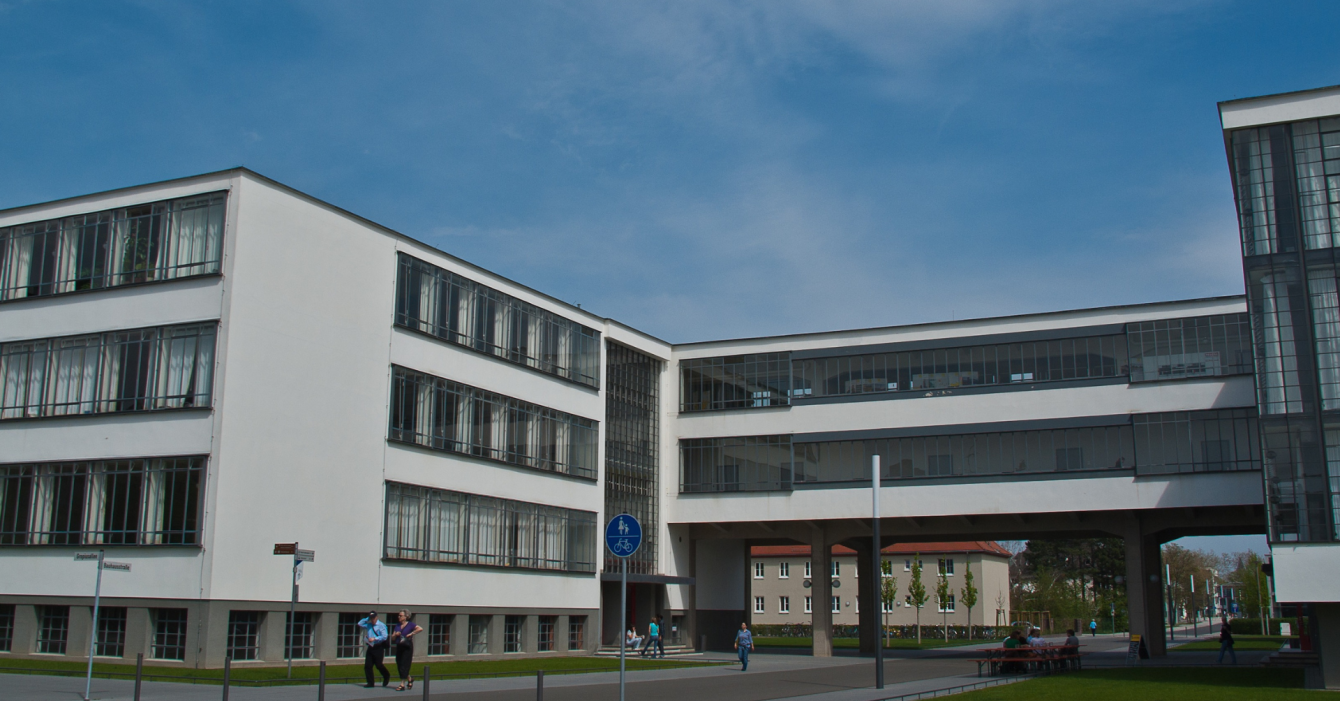As higher education institutions face tightening budgets, ambitious sustainability goals, and aging infrastructure, energy efficiency is no longer a “nice to have”—it’s a necessity. Universities and colleges operate like miniature cities, with complex building systems spread across academic halls, research labs, residence buildings, libraries, and athletic centers. This complexity requires a strategic, campus-wide approach to energy optimization—one that balances operational efficiency, occupant comfort, and long-term sustainability.
The Challenge: Complexity and Cost
Higher ed campuses are among the most energy-intensive environments. According to the U.S. Department of Energy, universities spend over $6 billion annually on energy. Yet, many campuses struggle with:
Fragmented building systems with inconsistent performance
Limited visibility into real-time energy usage
Deferred maintenance and outdated equipment
Pressure to meet climate targets, often with limited capital
To address these challenges, universities need tools that unify data, reveal inefficiencies, and guide action. That’s where campus-wide building analytics comes in.
The Strategy: Holistic Energy Optimization
1. Centralized Data Collection & Integration
The first step toward energy optimization is bringing all your building systems onto a unified platform. A powerful analytics engine like Kaizen can integrate with existing BAS, meters, and IoT devices—eliminating data silos and providing a single source of truth across your campus portfolio.
2. Real-Time Fault Detection & Diagnostics (FDD)
With hundreds or even thousands of equipment points across a campus, identifying underperformance manually is nearly impossible. FDD automatically flags issues like:
Simultaneous heating and cooling
Equipment short cycling
Sensor drift or failure
Setpoint deviations
By prioritizing issues based on energy impact and comfort, facilities teams can take targeted action and avoid unnecessary downtime.
3. Automated Commissioning (ACx)
For newly constructed or renovated buildings, ACx ensures systems are performing as designed—without the time and cost of traditional testing. This is especially valuable during student breaks or capital renewal cycles, helping verify performance with minimal disruption.
4. Energy Benchmarking & Targeting
By comparing similar buildings or usage types (residences, labs, lecture halls), teams can identify outliers and set performance benchmarks. Energy targets can be set based on historical data, peer institutions, or net-zero goals, making it easier to track progress and justify investments.
5. Occupant Comfort & Engagement
Student and faculty satisfaction is just as important as energy savings. With continuous monitoring of thermal comfort, indoor air quality, and ventilation, you can ensure learning environments are healthy and productive. Some institutions even use dashboards to engage students in sustainability efforts, fostering a culture of awareness.
The Results: Smarter, Greener, More Resilient Campuses
With a campus-wide energy optimization strategy in place, higher ed institutions can expect:
10–30% reductions in energy consumption
Improved operational efficiency and reduced reactive maintenance
Stronger alignment with institutional climate action plans
Better experiences for students, staff, and faculty
Data-driven decisions for capital planning and funding applications
How CopperTree Analytics Can Help
At CopperTree Analytics, we specialize in helping colleges and universities make sense of their building data. From continuous commissioning to advanced fault detection, our platform empowers facility teams with the insights needed to drive performance—across one building or an entire campus.
We’ve helped institutions reduce energy waste, extend asset life, and meet sustainability mandates—all while enhancing operational efficiency.
